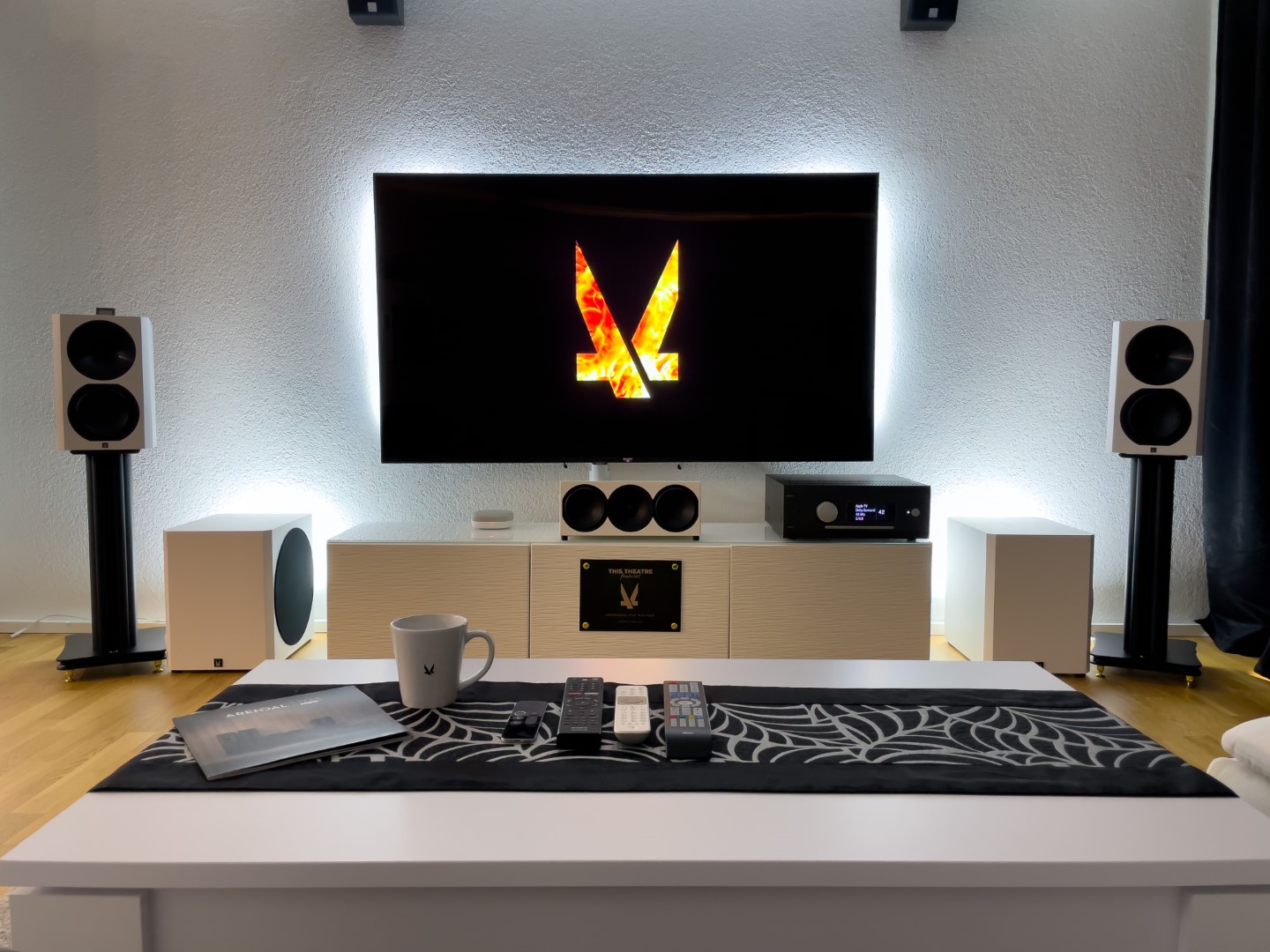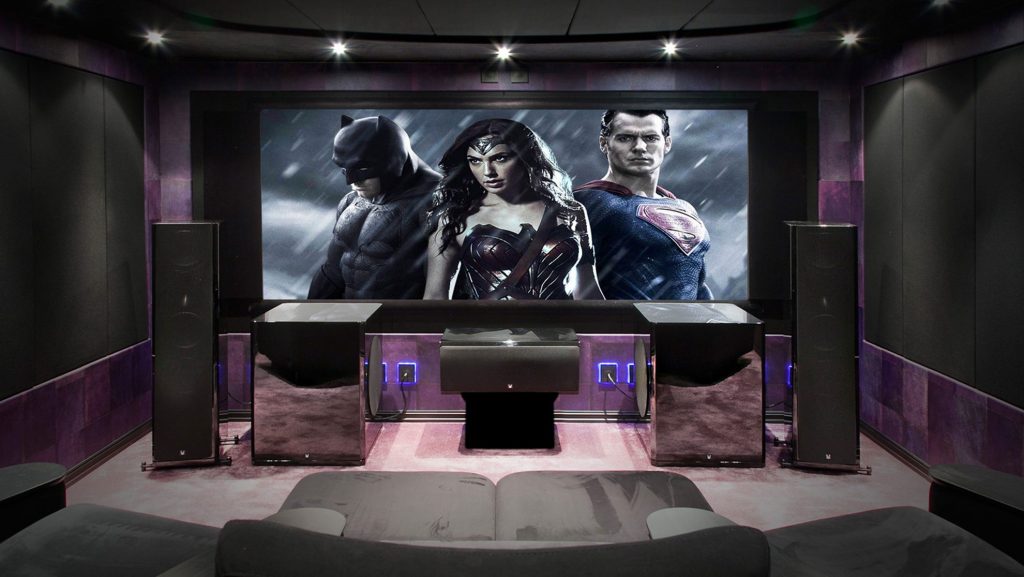Which Subwoofer is Right for My Setup?
Article summary - TL;DR
- Choose vented subwoofers for immersive movie experiences with deep bass.
- Opt for sealed subwoofers in 2-channel setups for clearer detail in music playback.
- Space matters: ensure at least 10cm between the subwoofer driver and nearest surface.
- Too many subwoofers? Not if placed correctly and calibrated for optimal performance!
- Enhance your audio-visual setup with the 1723 Subwoofer 1V for powerful, refined bass!
When it comes to subwoofer choice, the decision is can be made based on the variables below.
Usage
Arguably the most important factor when considering a type of subwoofer. We recommend vented subwoofers for those who primarily watch movies. Our vented subwoofers have more output below 40hz, i.e., they sound louder when playing deep bass; they are also more fun/entertaining for your friends.
For 2-channel setups, we recommend sealed subwoofers as they tend to sound “dryer,” a characteristic that lets more detail come through in music playback. This is due to a better transient response, where the bass has less decay in the room compared to the vented counterparts.
Space
Now that you have an idea of the type of subwoofer best for your usage, how big of a subwoofer should you get? For our designs, budget permitting, you can go as big as you like; just make sure the subwoofer driver will be at least 10cm from the nearest surface.

That being said, if a smaller subwoofer will fit in better with your room decor or partner’s expectations, it might be best to go with a smaller subwoofer.
Too Much?
Is there such thing as having too big or too many subwoofers in your room? Not necessarily. The key is to find out the best location/s for placement and then calibrate for the best in-room response. Just make sure that the number/size of your subwoofers don’t compromise speaker placement or the main listening position.

Large or many subwoofers in a smaller space let each subwoofer work less, leaving more headroom available when dynamic peaks are called upon. You will also enjoy a cleaner sound as subwoofers that don’t have to work as hard, play with less distortion.
Frequently asked questions
What type of subwoofer should I choose for watching movies?
For watching movies, we recommend vented subwoofers. They provide louder output below 40Hz, delivering a fun and entertaining experience for you and your friends.
What is the best subwoofer type for music playback?
For 2-channel music setups, sealed subwoofers are the best choice. They sound "dryer," which helps more detail come through thanks to their better transient response.
How big of a subwoofer should I get?
You can choose a larger subwoofer if your budget allows, but ensure that the driver is at least 10cm away from any surface. Consider a smaller subwoofer if size better fits your room's decor or your partner's preferences.
Can I have too many subwoofers in my room?
Not necessarily. You can have multiple subwoofers as long as you find suitable placements and calibrate them for the best in-room response without compromising speaker placement or the main listening position.
Will larger subwoofers produce better sound quality?
Larger or multiple subwoofers in a smaller space can work less, which allows for cleaner sound with less distortion whenever dynamic peaks occur.
What is the advantage of using vented subwoofers?
Vented subwoofers excel in creating loud outputs for deep bass, making them ideal for movie watching and entertaining.
What should I consider for subwoofer placement?
Optimal placement is key for good sound. Ensure subwoofers are positioned to avoid compromising speaker placements, while also considering room acoustics for the best in-room response.
Do sealed subwoofers really provide better transient response?
Yes, sealed subwoofers have a better transient response, leading to clearer and more detailed sound in music playback compared to vented subwoofers.








